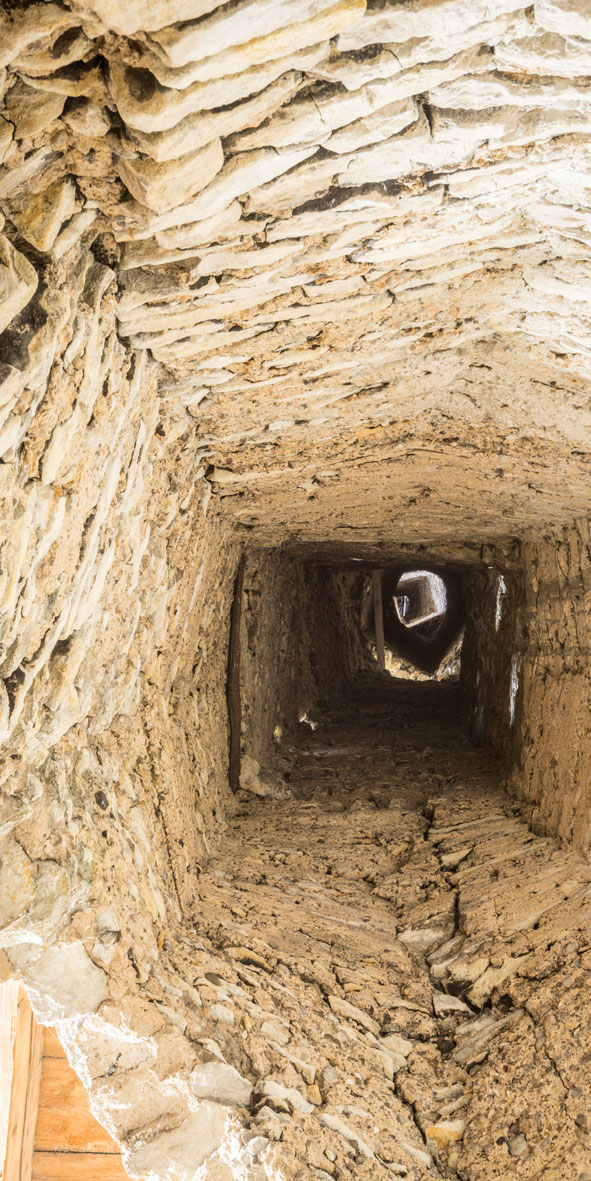The Development of Central European High Medieval Chimneys in Construction and Function, 1150–1250

As an integral part of high medieval courtly representation in central Europe the open chimney is mentioned in several contemporary works like those of Chrétien de Troyes or Wolfram von Eschenbach. But in contrast to the coexisting heating systems, namely the tiled stove (Kachelofen) or the medieval forced-air heating, the open fireplace is virtually unexplored regarding its construction and function.
Examinations on selected well-preserved chimney systems from the period of 1150 to 1250, especially in castles, reveal not only elaborately designed architectural elements and systems of considerable dimensions, but particularly sophisticated constructions as well. This includes both the complex stone work of the chimney mantel and shaft. Objects showing elaborately cut ashlar shafts are just as verifiable as scarcely less complex quarry stone buildings with over 20 m high multi-part formwork. The investigations provide further insight into the differentiated structures of the masonry constructions in which they are integrated. This is expected to provide new information about the masonry technology of the High Middle Ages and the intra-mural infrastructure.
In the course of this work, selected chimney constructions will be investigated and analysed using building archaeological methods. It aims to discuss the design principles, structural design, and building processes of masonry constructions linked to chimney systems.
In addition, it is aspired to research the functioning of the fireplaces as well as their energetic and room-climatic characteristics, which can expand our knowledge of the everyday living conditions in the European High Middle Ages.
Bearbeiter: Jonas Lengenfeld
